John Philip Shenale - Interview
by Lisa Torem
published: 17 / 8 / 2025
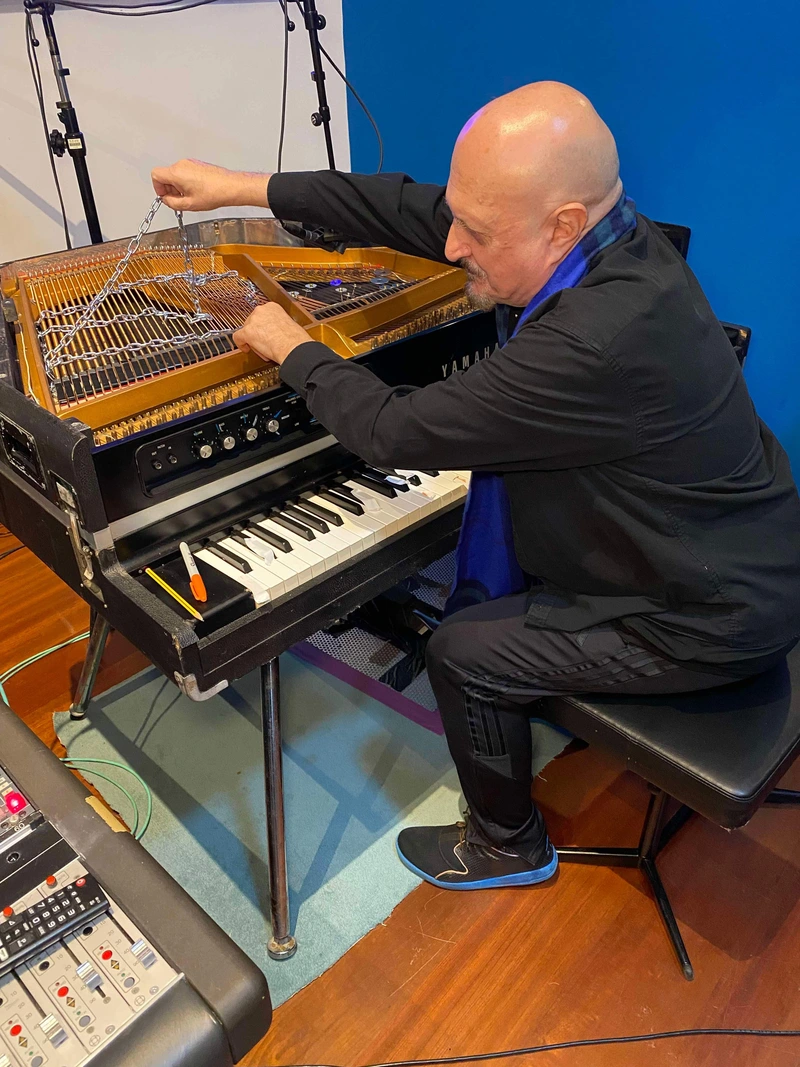
intro
Lisa Torem talks to John Philip Shenale about extending the sound palette of acoustic instruments and what’s beyond the cacophony of Cage?
French composer Claude Debussy alleged: “Music is the silence between the notes,” but John Philip Shenale would likely push back. The Los Angeles-based arranger has been known to insert nails, bolts, and steel balls inside new and old pianos, all in the name of art; this metal head monk takes no vow of silence. If Shenale’s name rings a bell, it’s because his work has been associated with 22 Grammy nominations, plus, he has performed with and flavoured the studio recordings of Jane’s Addiction, The Beach Boys, The Bangles, Willie DeVille, and numerous other A-listers, but his most consistent partnership has been with Tori Amos, a Peabody prodigy and award-winning singer-songwriter, composer and pianist. The two worked on the mezzo-soprano’s debut album, ‘Little Earthquakes’ in 1990 (released in 1992). Afterwards, they twinned tirelessly on nearly every one of Amos’s sixteen studio albums. Shenale explains: “Very early on in the ‘Under the Pink’ evolution, T and I had a number of discussions about expanding the piano palette, such as: ‘How would prepared piano sound on this song? How about a piano through a guitar amp?’ We were excited. This was very cool stuff.” “I’ve been intrigued with “prepared piano” since the late 60s, but the idea took root in my head in the mid-70s. That’s when I saw the piano that Lonnie Jordan, the keyboardist for the funk band, War, had prepared at Crystal Studios, in L.A. That piano had mutes between the strings and the sound blew my mind. It was not just a percussion instrument like Cage; it was actually pitched and still usable as a piano with a highly altered sound. This was the start of my explorations.” “Then, in the early 80s through my work with producer Giorgio Moroder, I met Davitt Sigerson. Davitt had an expansive approach and allowed many ideas that would normally be considered non-traditional.” “We worked with guitarist John Doe, who straddled the fence between roots and progressive rock. Davitt produced. I played keyboards.” “On John Doe’s record, I ended up taking the grand piano and placing Styrofoam sheets about 2-inches thick across the strings and laid cinder blocks on top of the sheets. Just a warning - you want to put some plastic sheeting between the Styrofoam because the Styrofoam will shed.” “The irony is, if you listen to ‘Worldwide Brotherhood’ on ‘Meet John Doe’, you can hear, what sounds like a distorted electric guitar, but it’s the prepared piano; a fantastic sound.” Regarding his work with Tori Amos, he exclaims: “It’s been an absolute fest of prepared piano experiments. For ‘Under the Pink,’ I put together a kit with felt and rubber mutes and a tuning hammer and sent it ahead to Tori in Taos. Once it arrived, we picked up various chains, screws and steel balls at her local Walmart.” Shenale rolled up his sleeves, pried open the top of a well-worn upright piano and using his physics background, set to work creating new sounds in Amos’s hacienda, under the pale-blue skies of Taos. “Prepared piano defines processes, where the outcome can vary from percussive and unpitched sounds to pitched sounds, and from buzzing to reverberations and any combination thereof.” “The upright was a wonderful experiment,” Shenale muses. “We detuned it two octaves down.” In a heartbeat, hard science kicks in: “Because of the physics, you’re automatically spreading out the string vibration’s natural harmonic series so that they simulate bell tones rather than normal piano string tones.” “Here’s another technique for ‘Bells for Her’. There are always three strings per note in the mid-to upper part of the piano. I muted two, so it became a “monochord” or one-string per note.” The resulting sound inspired Amos to create, ‘Bells for Her,’ which stands alone in the prepared piano pantheon, bearing no resemblance to Cage’s discordant caterwauling or some other contemporary experimenters. Shenale elaborates: “For ‘Bells for Her,’ the piano was in a state of collapse, and sounded like it, making noises and squeaks, reminiscent of a Hurdy Gurdy or harmonium. Everything about it was fragile. Tori took the instrument, flaws and all, and created the perfect background for the narrative. Realism, for me, comes from this extraneous stuff, the artifacts.” “I will select instruments based on sound, not celebrity. When I use my cranky, fluttering old Chamberlin (a Mellotron is a British copy), it takes you to a place in earlier times or other worlds. I think that’s why Bowie and Pink Floyd used a lot of Chamberlin and Mellotron on their tracks.” “An evocative and a “very present” sound. Even though it’s not a perfect string sound, it’s imperfections and lo-fi quality draws us in like a family around a radio in the 1940’s, and like what we experience with ‘Bells for Her.’” “Part of the joy of working with T is we are both extremely curious and we both love to hypothesize, probe, question and experiment until we find an answer or solution.” Many YouTube and Amos website comments reveal that ‘Bells for Her’ acted as an elixir to fans beset by grief and trauma. But the unsung hero is the intrepid upright piano. Taken on the road, it had to endure the temperature changes and rigors of touring and the structural weakening of the drastic detuning. As a result, it completely fell apart, martyred like the sacrificial stump of Shel Silverstein’s ‘The Giving Tree.’ In the 1940s, The American composer, John Cage, wanted to accommodate his romantic partner, choreographer Merce Cunningham, who was leading a dance recital in Seattle. There wasn’t room enough in the hall to seat a full orchestra, so he created a cacophony of extremely percussive effects with a singular piano. With this one-stop shop plan snugly in place and Cunningham’s logistics solved, Cage tore into the “Bacchanale” (co-written by Toshiro Mayazumi) which became the prototype for the piano as a truly “percussive instrument.” Cage eventually notated the precise placement of every object, leaving this documentation for future performers. While he was unique in introducing this phenomenon to the American public, Cage was not an originator. He was preceded by pioneers Henry Cowell and Arnold Schoenberg – don’t get Shenale started on Schoenberg; yes, he enjoys early works, but twelve-tone stuff rattles his “cage.” In the 1970s, other musicians explored this process: Brian Eno created a relatively simple soundscape for his “Little Fishes” track. German composer Volker Bertelsmann, also known as “Hauschka,” wrapped foil around hammers and wedged durable fabric among the piano strings before recording tracks for second album, ‘Substantial’ in 2004. Composer Kelly Moran’s intricate ‘Limonium,’ (2017) swings us into the 21st century. The process has been applied to other instruments: Johnny Cash slid a dollar bill beneath steel guitar strings to create a dampened strum; West African musicians used polished bones on khaloms, way before Blind Willie Johnson and Hawaiian Sol Hoopii revamped this technique in North America, using glass and metal slides. “So, for the pre-production of ‘Night of Hunters,’ having learned that detuning a piano down two octaves is a death sentence, and following our rule of ‘No Bösendorfer shall be harmed’ I said, ‘let’s buy a cheap grand piano, an English grand made by Dreaper on which I used all the metal, screws, chains and anything else to avoid damaging the Bösey.’” “On the two Bösey’s, I used rubber mutes positioned at very specific harmonic points on the strings. I laid out gradients on the iron frame of the pianos, as a guide for the mute positions, and for the screws and chains knowing this is all an approximation and still ‘adjust to taste.’ The rubber mutes are not points but flat, about three eights to half-an-inch wide. It’s not going to be like when you finger the frets on an acoustic guitar. This is variable, and you have to nudge it around to get the tone you want.” “Also, their positions aren’t necessarily transferable to other pianos directly. You’re going to have to adjust the positions according to each piano model and size.” “In the end, this process worked pretty-well, and as far as tuning they were able to remove my “mods” and set it all back up using all my notes and charts to guide them.” “In fact I asked T’s technician, Adam Spry how the charts worked out and he said: “Perfectly. We tuned up everything and put it all back, preserving the sounds.” “Eventually, when we finally got to the actual recording of ‘Night of Hunters,’ Tori had at her disposal a Bösendorfer Imperial Grand, a normal-sized Bösey, soft modified and the metal beguiled Dreaper.” “If you listen to 'Night of Hunters’ and specifically ‘Battle of Trees’, you will hear Tori playing the muted Bösey from beginning up to the octet’s entrance; it’s a misty and ancient sound and I think it fits T’s narrative perfectly!” “Of all the preparations and timbres that I set up for ‘Night of Hunters’, ‘Battle of Trees’ with the mutes was the one T chose. I provided a large palette knowing that at least one of them would be an inspiration. Music from ‘Tori and the Muses’ “Our latest soirée into the world of piano preparation was ‘Day and Night’ from ‘The Music of Tori and the Muses.’ “In this case, I used a Yamaha CP80 electric piano and I placed thick chains across all the strings, moving them as I played, creating the effect of clanging and banging and ringing as the fairies built Tori’s pink piano whilst they partied. Mark Hawley, Tori’s engineer, captured this difficult-to-record sound perfectly.” As for John Philip Shenale’s upcoming explorations: “I’m designing a new acoustic keyboard based on old and really old technology.”
Band Links:-
https://www.johnphilipshenale.com/https://www.facebook.com/JohnPhilipShenaleOfficial/
https://en.wikipedia.org/wiki/John_Philip_Shenale
Play in YouTube:-
Picture Gallery:-
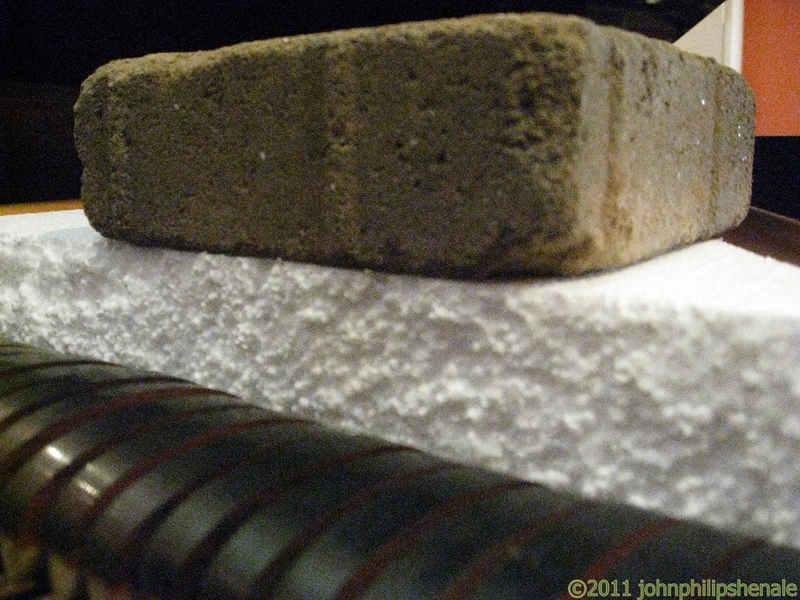
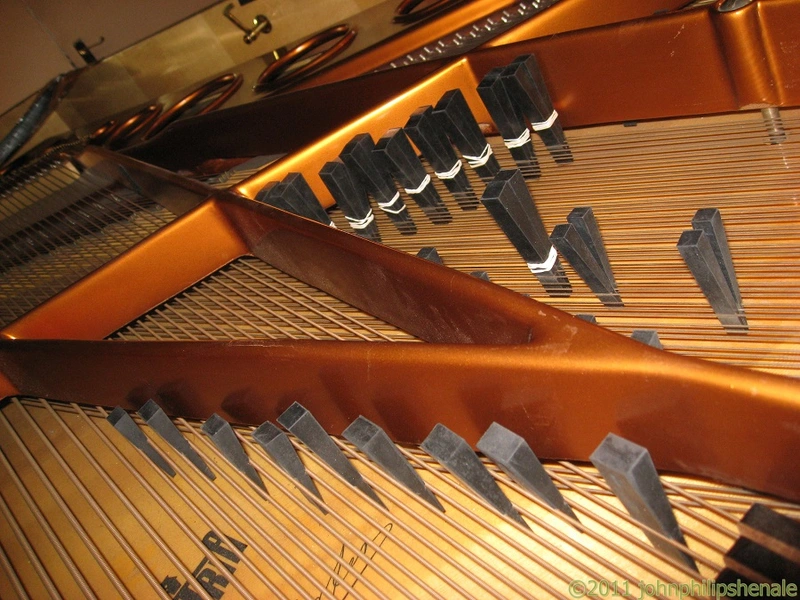
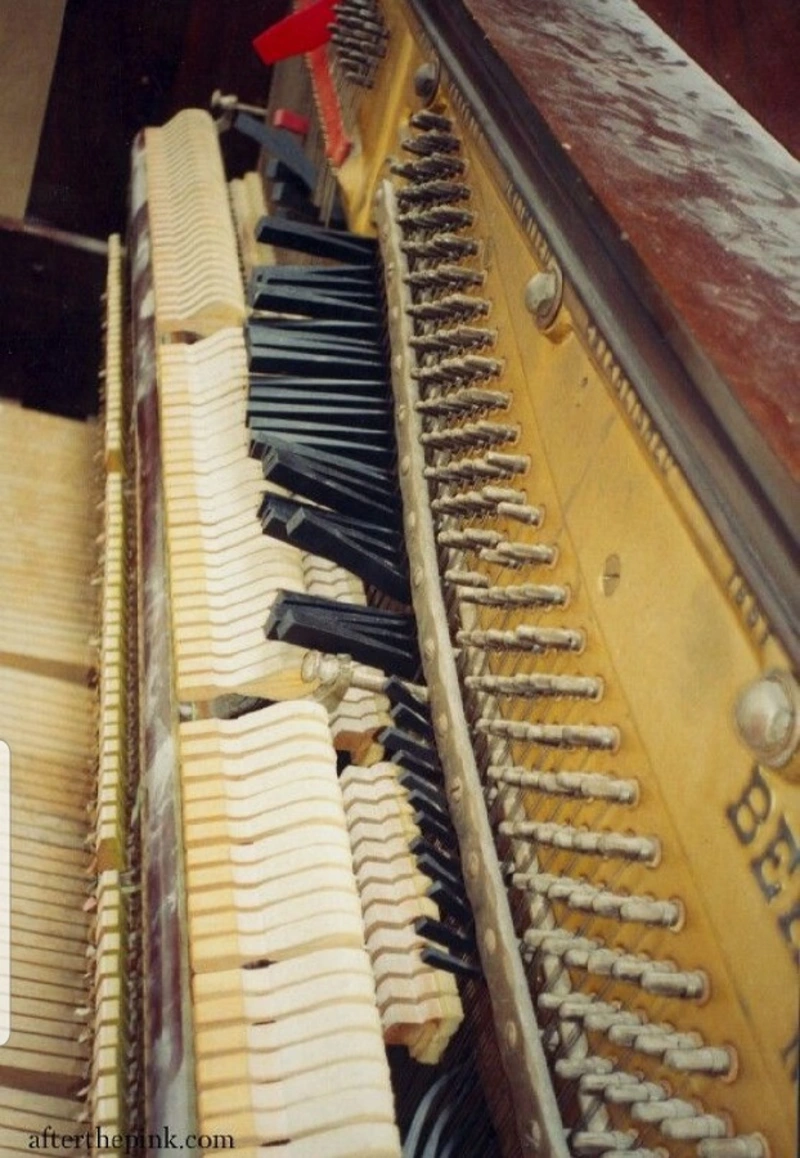
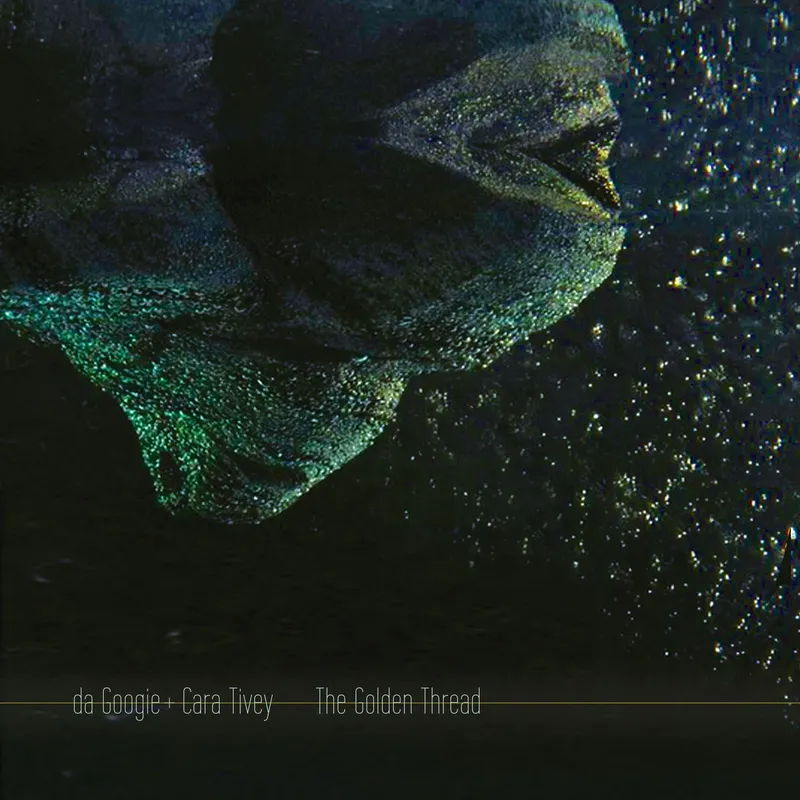
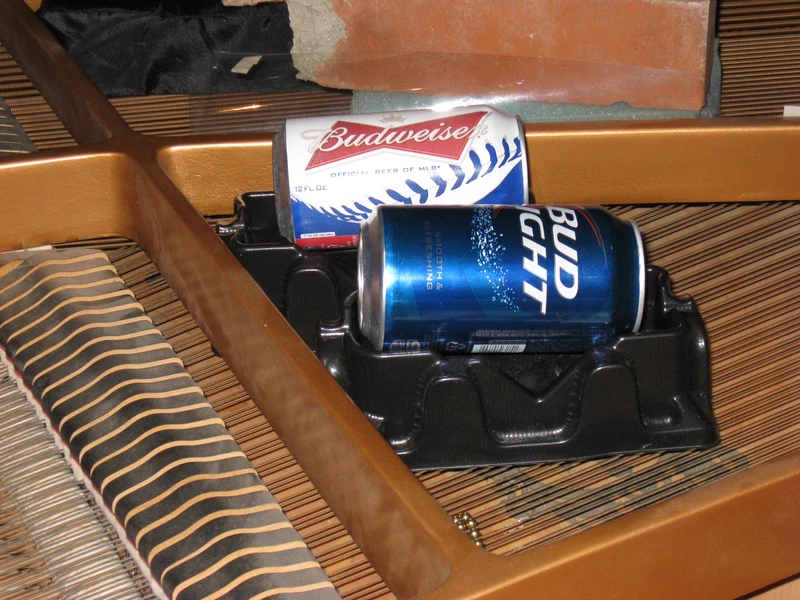
interviews |
|
Interview Part 1 (2023) |
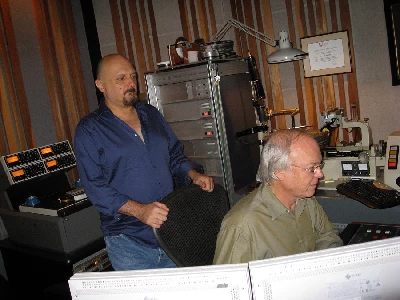
|
| Los Angeles composer and arranger John Philip Shenale is associated with Grammy-nominated artists: Tori Amos, Jane’s Addiction, Tracy Chapman and Billy idol. To celebrate the 25th Anniversary of ‘Night of Hunters,’ he shares excerpted highlights of his five-decade career. |
| Interview Part 2 (2023) |
most viewed articles
current edition
Tossing Seed - InterviewMotorcycle Boy - Interview
Last of the Lovely Days - Interview
Lemonheads - O2 Ritz, Manchester, 16/8/2025
Waterboys - Roundhouse, London, 1/6/2025
Robert Forster - Interview
Cary Baker - Down on the Corner: Adventures in Busking and Street Music
Belouis Some - Video Vault
Brian Wilson - 1942-2025
Morrissey - Photoscapes
previous editions
Flip Side - Raging PagesStereogram Revue - Voodoo Rooms, Edinburgh, 2/12.2015
Bob Mould - Brooklyn Bowl, O2 Academy, London, 11/2/2016
Bill Hicks - Profile
That Petrol Emotion - That Petrol Emotion, Town and Country Club, London, 1988
Dave Greenfield - 1949-2020
John Clarkson - A Life in Music
Miscellaneous - Minehead, Somerset, 8/5/2009...10/5/2009
School - Interview
Ain't That Always The Way - Alan Horne After The Sound of Young Scotland 2
most viewed reviews
current edition
Liarbilitys - VandalheartKirk Adams and Ed Woltil - Eat The Sunshine, Drink The Starshine
Big Flame - Peel Sessions 84-86
Silver Biplanes - Coming Up For Air
Wolf Alice - The Clearing
Bruce Dickinson - More Balls to Picasso
Suzie Ungerleider - Among The Evergreens
Good Charlotte - Motel du Cap
Phew, Erika Kobayashi,, Dieter Moebius - Radium Girls
Rupert Wates - Father to the Man
Pennyblackmusic Regular Contributors
Adrian Janes
Amanda J. Window
Andrew Twambley
Anthony Dhanendran
Benjamin Howarth
Cila Warncke
Daniel Cressey
Darren Aston
Dastardly
Dave Goodwin
Denzil Watson
Dominic B. Simpson
Eoghan Lyng
Fiona Hutchings
Harry Sherriff
Helen Tipping
Jamie Rowland
John Clarkson
Julie Cruickshank
Kimberly Bright
Lisa Torem
Maarten Schiethart